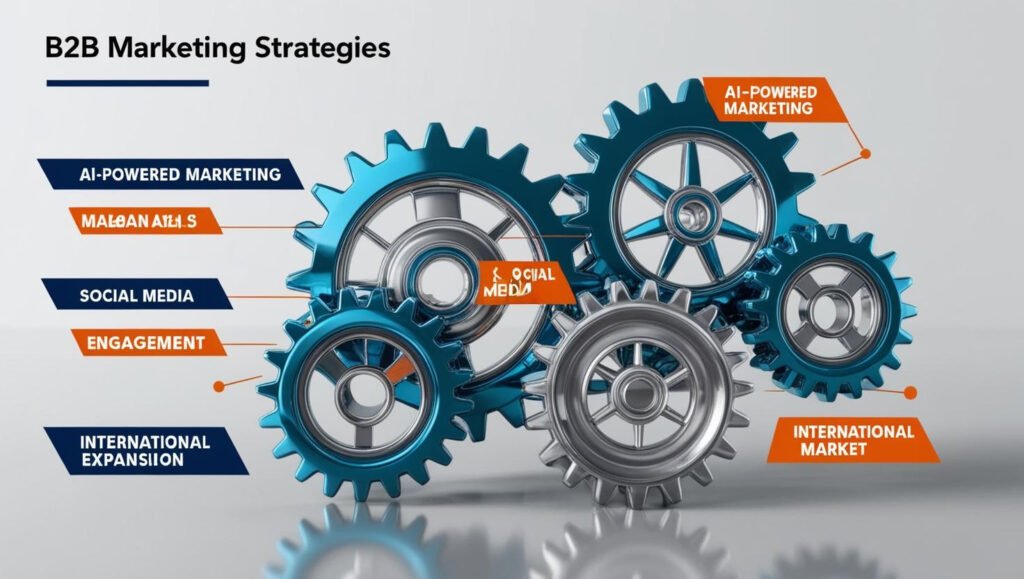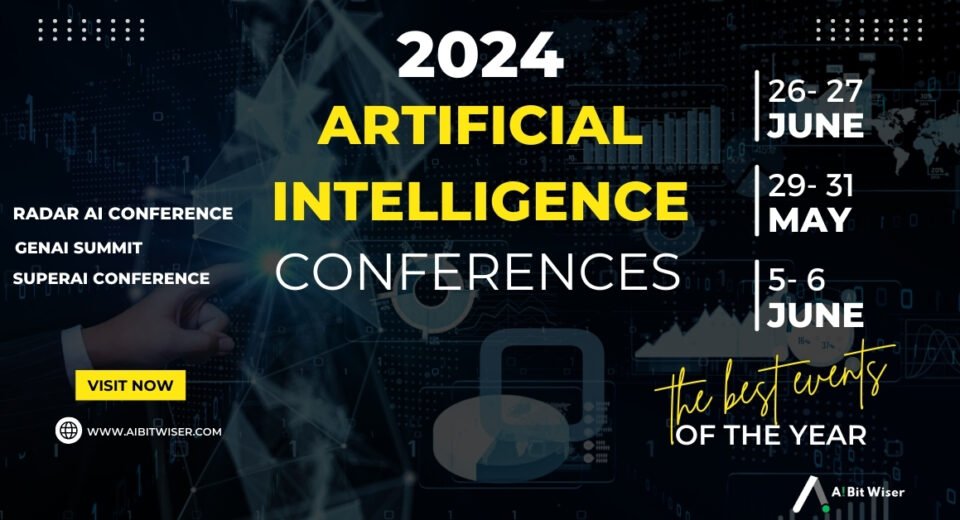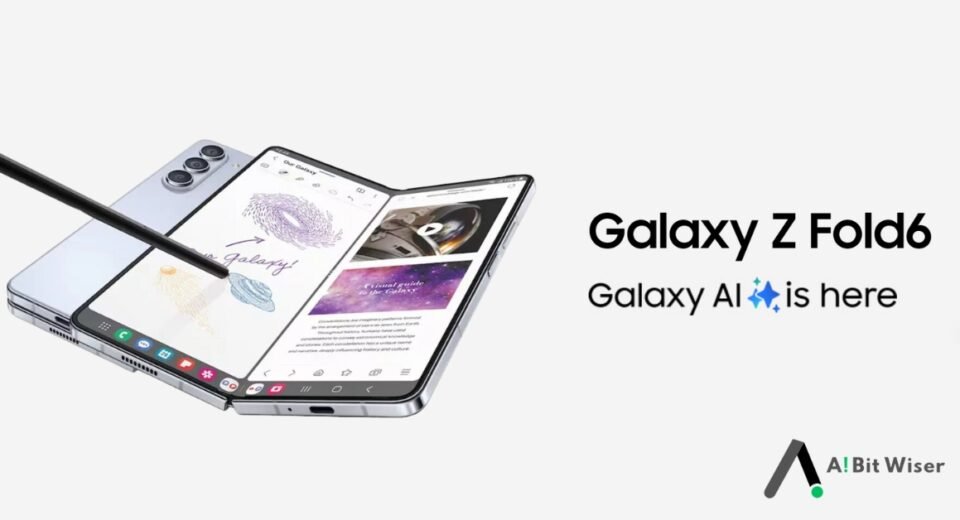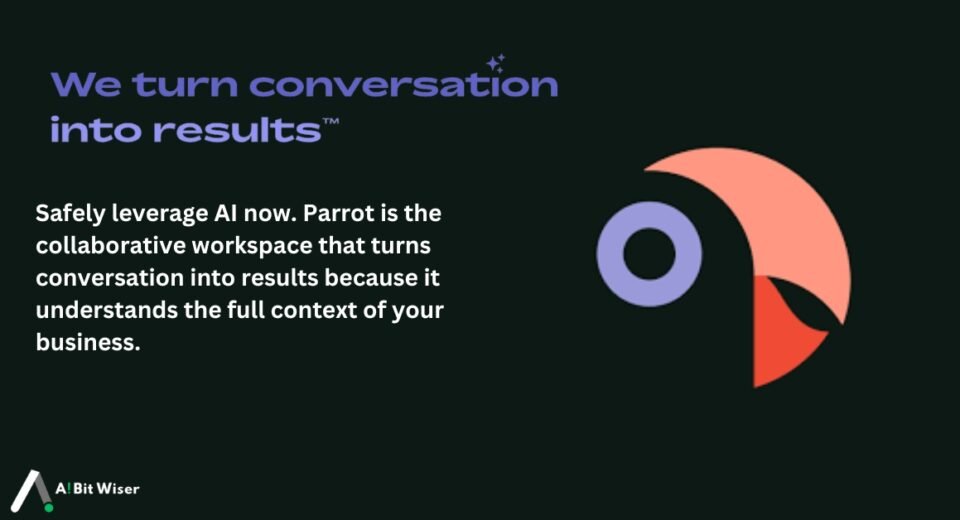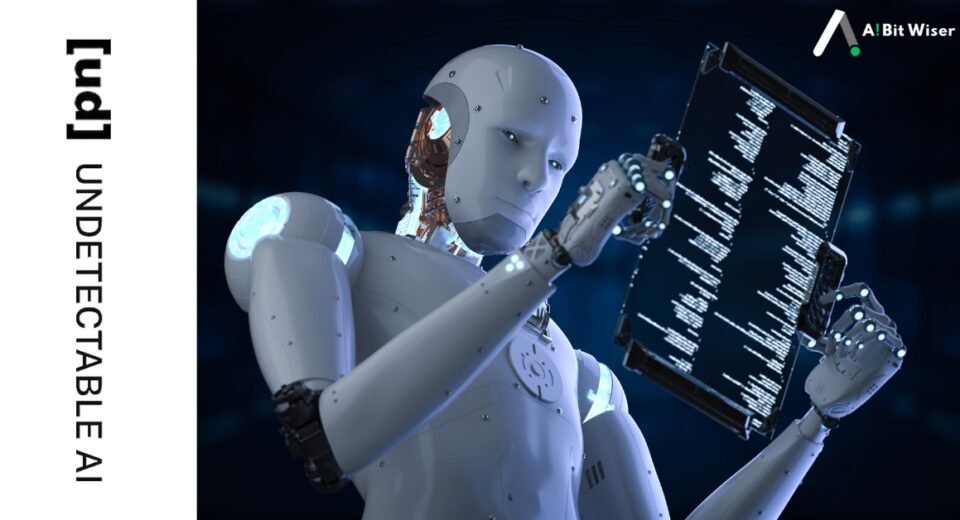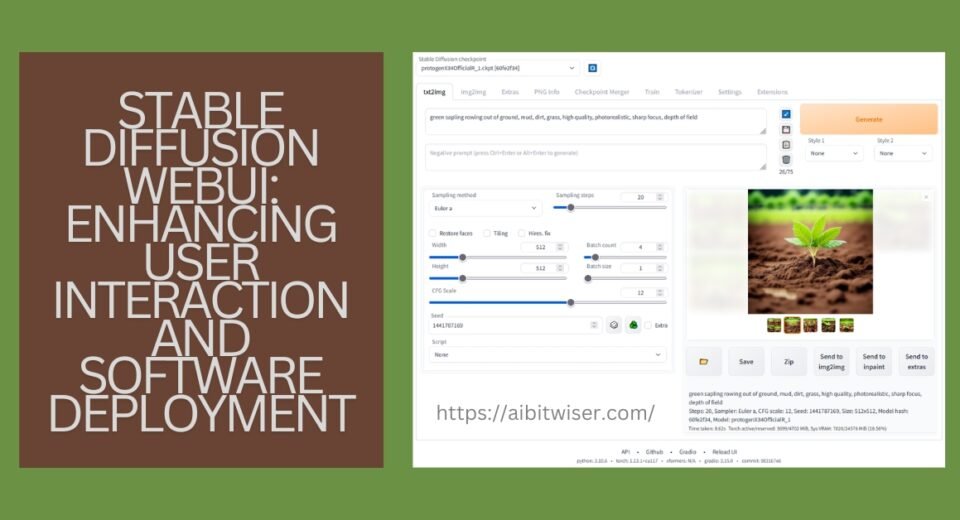Free Generative AI Applications for Document Extraction: Revolutionizing Automated Data Processing
Introduction Free Generative AI Applications for Document Extraction: Using generative AI to document processing has a game-changing potential, especially since free programs for content extraction are readily available. Machine learning algorithms-driven generative AI technologies allow structured data to be automatically extracted from a wide range of document formats, including contracts, invoices, complicated forms, and scanned documents. This article highlights the features, uses, and potential directions of the several free generative AI software available for document extraction. Understanding Generative AI for Document Extraction A form of artificial intelligence known as “generative AI” uses data to learn how to produce new material or make choices on its own. Regarding document extraction, generative AI models use methods like optical character recognition (OCR) and natural language processing (NLP) to locate and retrieve certain information from unstructured texts. As it processes more data, generative AI may adjust and become more accurate over time, in contrast to conventional rule-based systems. Google Cloud Document AI One of the best platforms for using generative AI in document extraction is Google Cloud’s Document AI. It can precisely derive structured data from a wide range of document types, including PDFs, pictures, and scanned documents. The strength of Document AI is its ability to read both organized and unstructured data, which makes it useful for various applications, from extracting vital information from legal documents via automating data entry in bills. Amazon Textract Amazon Textract, a well-known company in the industry, offers a potent OCR solution with AI integration. In terms of autonomously extracting text and structured data from scanned documents, Textract is exceptional. Its support for several file formats and APIs allow for easy connection with other apps, making it an affordable and flexible option for companies wishing to optimize their document processing operations. Microsoft Azure Form Recognizer The Form Recognizer service from Microsoft Azure uses machine learning to extract table data and key-value pairs from documents. This service is especially useful for processing invoices and forms, when automating administrative chores requires the extraction of structured data. When it comes to free generative AI apps for document extraction, Azure is a competitive alternative because of its easy to use interface and integration features. Applications and Real-World Use Cases Across several industries, these open-source generative AI tools find extensive use: Financial Services: Financial document management and invoice processing automation. Legal: Extracting important details and provisions from contracts. Administrative tasks: Completing applications and forms to expedite processes. Healthcare: Data extraction for analysis and compliance from medical records. Advantages and Considerations The principal benefit of utilizing free generative AI apps is their affordability and availability to companies and developers. They allow businesses to expedite document processing times, increase accuracy, and decrease the amount of manual data entry required. But it’s important to take into account things like the particular document formats that each application is best at processing and any scalability or integration complexity restrictions. Future Trends and Developments Future developments in the field of free generative AI applications for document extraction should see substantial progress: Enhanced Accuracy: Ongoing development of AI algorithms to raise data extraction accuracy rates. Integration with RPA: Closer integration with robotic process automation (RPA) enables the complete automation of workflows that are document-centric. Multilingual Support: The extension of language skills to fulfill the needs of multinational companies conducting business across many linguistic contexts. User-Friendly Interfaces: Streamlined user interfaces to make generative AI capabilities more accessible to non-technical users. Conclusion: Free Generative AI Applications for Document Extraction To sum up, free generative AI apps for document extraction are a critical development toward the automation of workflows that revolve around documents in a variety of sectors. Businesses may increase productivity and accuracy in data processing operations by utilizing platforms like as Microsoft Azure Form Recognizer, Amazon Textract, and Google Cloud Document AI, which have the capacity to extract structured data from a variety of document formats. These technologies have the potential to revolutionize how businesses manage and get insights from their document repositories as they develop further, promoting innoation and operational excellence in the digital age. FAQs Q1: Which AI tool is used to extract data from PDF for free? A1: A well-liked free AI tool for extracting data from PDFs is AskYourPDF. Users can upload their PDFs to the tool and request the necessary data to be provided. Tenorshare AI PDF Tool and PDFgear are two more complimentary choices. Q2: What is generative AI to process documents? A2: Advanced AI models are used in generative AI for document processing to create new content, categorize, extract, and learn from documents. It enables users to automate difficult document activities, provide summaries, and communicate with documents in natural language. Q3: What is the best AI for creating documents? A3: The top AI document creation solutions include Grammarly Business for precision, Guidde for general documentation, and Zoho Writer for a free alternative. These tools improve document creation’s correctness, efficiency, and customizability. Q4: Can I use Google AI for free? A4: Indeed, Google provides a number of free AI services. For instance, individuals on the free tier may access Google Colab AI, while Google AI Essentials offers free classes to develop AI abilities. Q5: Is there a free AI I can use? A5: Indeed, a plethora of free AI technologies are accessible. Several well-known ones include Google Colab AI, ChatGPT, and Stable Diffusion Online. These technologies have several uses, including chatbots, picture creation, and help with coding.





